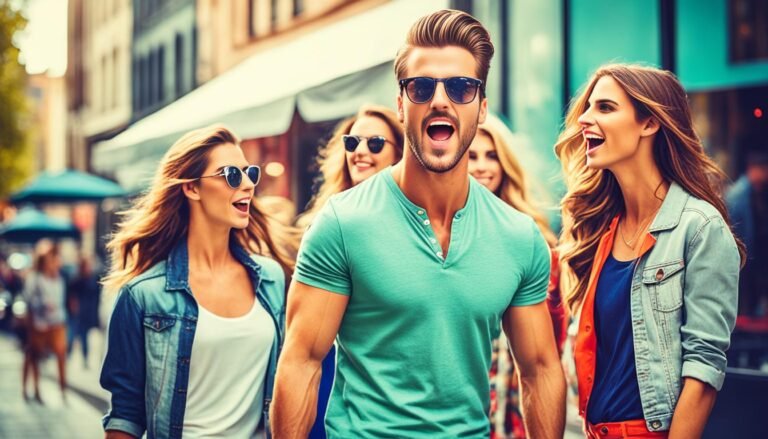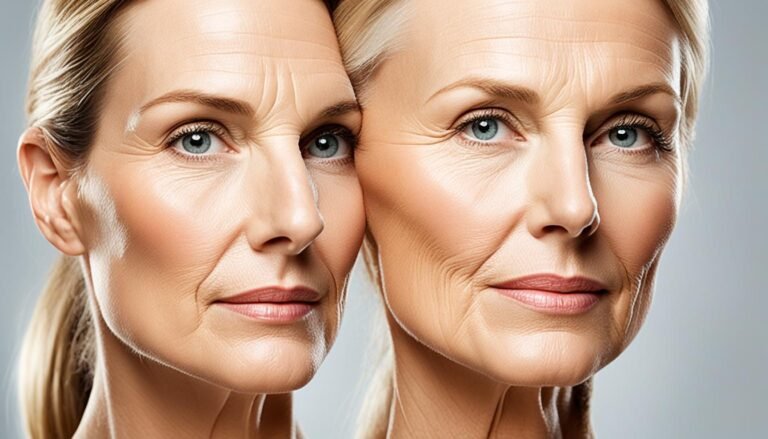What color makes girls most attractive?
Have you ever wondered if there’s a particular color that can make girls more attractive? Is it just a matter of personal preference or is there actual science behind it? The truth is, the color of clothing can have a significant impact on a girl’s attractiveness. Let’s dive deeper and explore the fascinating influence of color on how we perceive attractiveness in girls.
Studies have revealed that certain colors, such as red, can enhance a girl’s appeal to both men and women. Red clothing, in particular, has been associated with love and passion, and research suggests that wearing red can make women appear more attractive to men. But does this hold true for everyone? And what about other colors? Can they have a similar effect?
Interestingly, the color of clothing can also influence our perception of bodily attractiveness and body size. Bright colors are often connected to positive emotions, while dark colors are associated with negative emotions. So, could wearing bright colors make girls appear more attractive and confident? Or is there something more to it?
Key Takeaways:
- Red clothing has been found to enhance a girl’s attractiveness to both men and women.
- Wearing bright colors may influence perceptions of attractiveness and confidence.
- The influence of color on attractiveness has practical implications for clothing design and fashion.
- Research suggests that red clothing is associated with higher perceived status and dominance.
- Understanding the relationship between color and attractiveness can help us make informed fashion choices.
The Influence of Clothing Color on Attractiveness Ratings
A study conducted by Nimreth Sidhu and colleagues explored how women assess the attractiveness of other women based on clothing color. Female participants were shown avatars of different body sizes wearing various colors, including red, green, blue, white, grey, and black. The researchers found that black and red clothing received the highest ratings of body attractiveness, while grey and green clothes received the lowest ratings. These judgments were affected by both clothing color and the race of the avatar. Red clothing was associated with higher attractiveness ratings and slimmer body size judgments. This study suggests that clothing color can significantly impact attractiveness perceptions.
“Black and red clothing received the highest ratings of body attractiveness, while grey and green clothes received the lowest ratings.”
The study conducted by Sidhu and colleagues revealed that clothing color plays a crucial role in how women perceive the attractiveness of others. The research showed that black and red clothing were consistently rated as the most attractive, while grey and green clothing received the lowest ratings. This indicates that the choice of clothing color can have a significant impact on how individuals are perceived in terms of attractiveness.
Furthermore, the study found that the relationship between clothing color and attractiveness ratings was influenced by the race of the avatar. This suggests that cultural and social factors may also contribute to the perception of attractiveness based on clothing color.
Impact on Body Size Judgments
Not only did the study uncover the influence of clothing color on attractiveness ratings, but it also shed light on its impact on body size judgments. Participants perceived individuals wearing red clothing as having slimmer body sizes compared to those wearing other colors. This finding suggests that the color red may create an optical illusion, making the wearer appear visually more slender.
Overall, the research conducted by Sidhu et al. demonstrates the significance of clothing color in shaping attractiveness perceptions. By understanding the influence of clothing color, individuals can make informed choices about their attire to enhance their perceived attractiveness.
Attractiveness Ratings by Clothing Color
| Clothing Color | Attractiveness Rating |
|---|---|
| Red | High |
| Black | High |
| White | Moderate |
| Blue | Moderate |
| Green | Low |
| Grey | Low |
The Power of Red in Attracting the Opposite Sex
When it comes to attracting the opposite sex, the color red holds a remarkable power. Numerous studies have unraveled the profound influence of red in stimulating attraction between individuals. For women, men wearing red clothing are perceived as embodying higher status and dominance, rendering them more alluring in the eyes of women. This association between red and elevated social standing amplifies the attraction factor among the opposite sex.
Conversely, for men, the allure of women donning red attire stems from primal biological instincts. Red acts as a signal of fertility and sexual availability, triggering a deep-rooted attraction mechanism. Strikingly, this parallel response to red transcends human boundaries and can be observed in nonhuman primates as well. This suggests that the preference for red is an innate and universally captivating trait.
Notably, red clothing not only enhances physical attractiveness but also influences the perceived status of men. The color red is strongly associated with higher social standing, making men wearing red appear more confident and influential. It’s remarkable how a simple choice of color can convey such compelling messages and significantly impact attraction dynamics.
The evidence consistently highlights the power of red in attracting the opposite sex. Whether it’s the mesmerizing effect of men in red or the captivating aura of women wearing red, this color holds a unique allure that transcends cultural boundaries. In the realm of attraction, it seems that red truly reigns supreme.
FAQ
What colors make girls most attractive?
How does clothing color influence attractiveness ratings?
What is the power of red in attracting the opposite sex?
Source Links
- https://www.nzherald.co.nz/lifestyle/scientists-reveal-the-colour-that-makes-you-more-attractive/SKBVBKQVEP76PH5QA527VTBRE4/
- https://www.psychologytoday.com/us/blog/love-digitally/202205/do-certain-colors-make-women-appear-more-attractive
- https://www.apa.org/news/press/releases/2010/08/red-attraction






